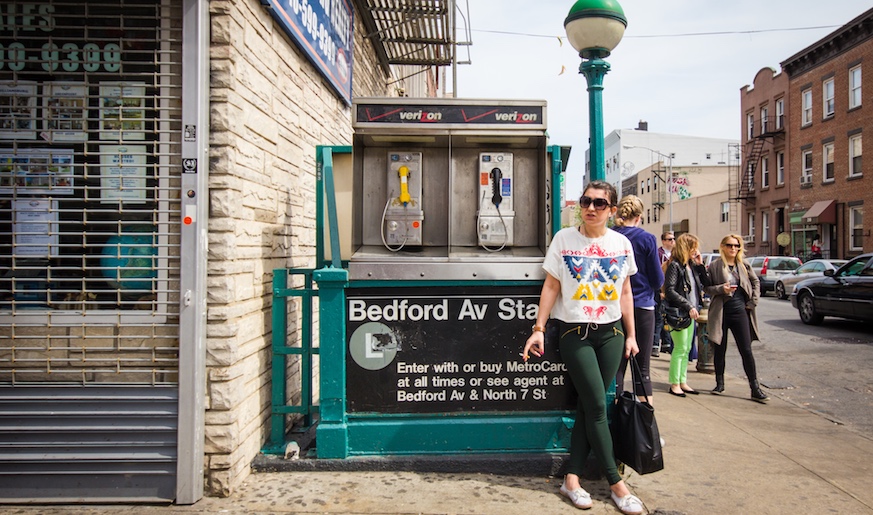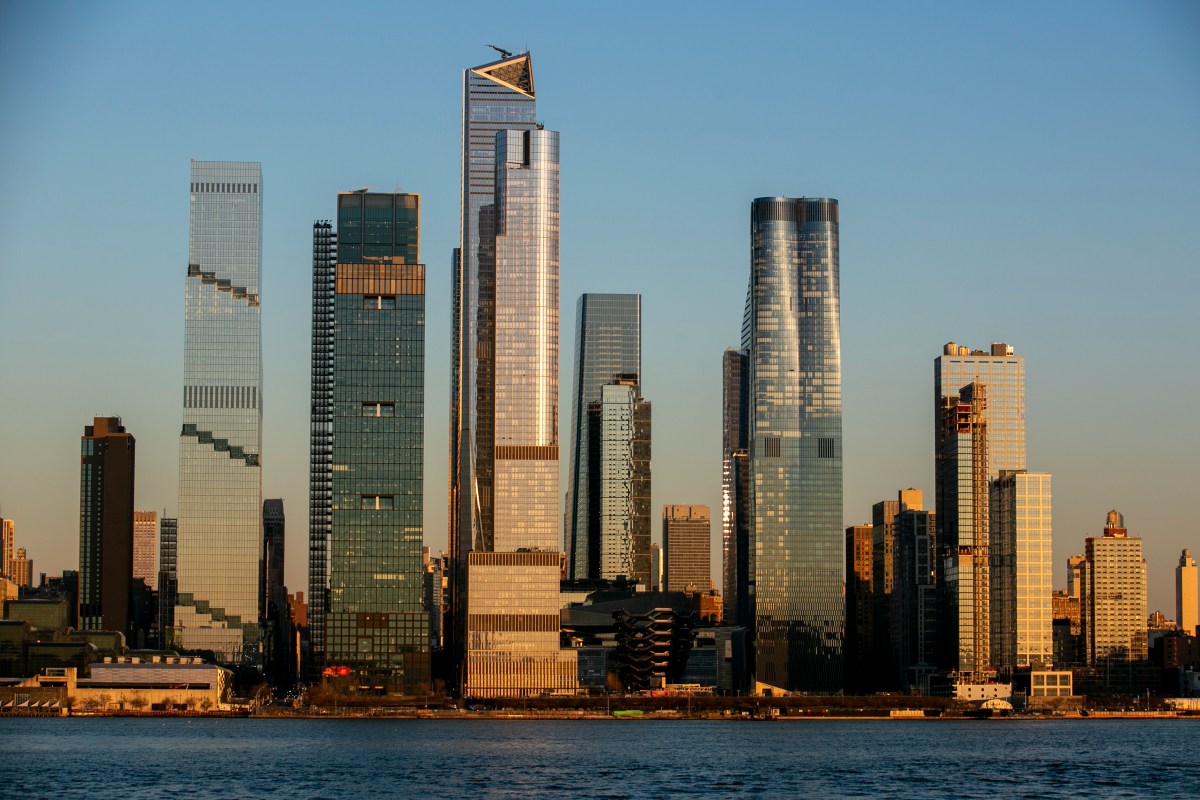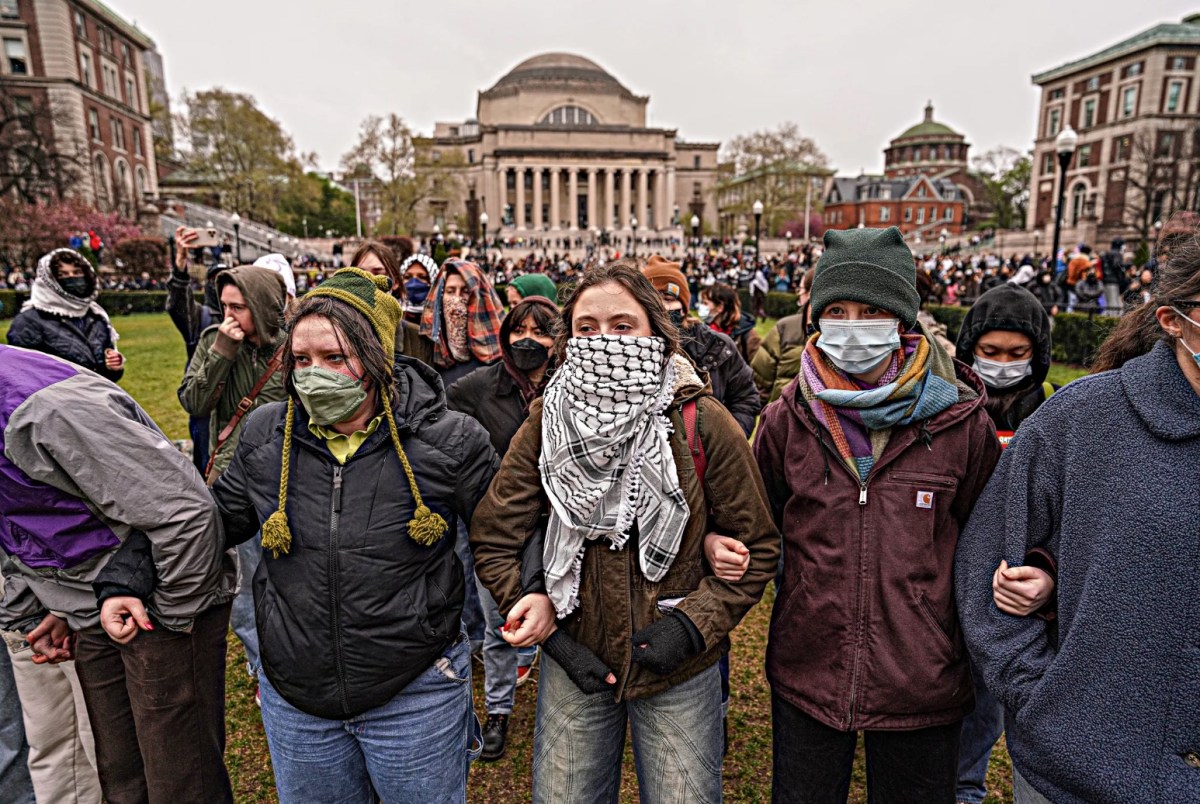As it approaches the sixth anniversary of Hurricane Sandy’s devastating destruction of the east coast, New York City is still picking up the pieces — and its commuters will soon feel the full brunt of it thanks to the looming L train shut down.
Next April, a section of one of the busiest subway lines in North America will close for 15 months as the L train’s Canarsie Tunnel will undergo a complete reconstruction. On Wednesday, New York City Council will hold a hearing on the L Train shutdown between Manhattan and Brooklyn in one of several public discussions about how the city will cope with the closure. The committee will be discussing a bill that would require the Department of Transportation to designate community booths in Brooklyn and Manhattan to keep commuters informed about the L train shutdown. The council will also consider designating an ombudsperson to receive and investigate the public’s complaints and comments regarding the closure.
Officials this week also proposed that 14th street turns into a 17-hour-a-day busway during the shut down to accommodate misplaced L train riders. But there are still fears that the MTA and DOT’s mitigation plan will be inadequate.
Why will the L Train be shut down between Manhattan and Brooklyn?
When Hurricane Sandy gripped New York in October 2012, a massive 7 million gallons of corrosive saltwater ravaged the 7,110-foot-long Canarsie Tunnel, damaging everything in its path.
Since the tunnel came into operation in 1924, it has served as one of the city’s vital arteries connecting Manhattan and Brooklyn.
The most significantly damaged part of this stretch of rail is to the duct banks, which are concrete enclosures that protect the line’s cables vital for power, communication, and safety. Despite immediate interim repairs, the MTA says that a full reconstruction of the 94-year-old tunnel is needed to prevent unplanned closures.
The MTA estimates that the closure of the L Train Canarsie Tunnel will affect 225,000 daily passengers.
Speaking to the Metro, MTA spokesperson Shams Tarek explains: “The amount of work needed to reconstruct the tunnel and make it more resilient for future storms has necessitated years of planning and collaboration with local communities, experts, and city agencies like DOT, as well as coordination with other projects systemwide.”
How will New Yorkers commute with the L Train shutdown?
Taking into consideration the estimate that 70 percent to 80 percent of diverted riders will opt for other subway lines, service on the J and M lines will be increased, as well as lengthened trains on the G and C lines.
About 200 more buses will be put on the road, with “high-frequency services” operating across the East River. This will include the L1 route operating between Grand Street and 1 Avenue/14 Street; the L2 route from Grand Street to Bleecker Street; and the L3 route from North Williamsburg to Bleecker Street — all of which will connect commuters to alternative subway stations.
Cycling connections will be also improved, with Grand Street in Brooklyn becoming a bus and bicycle corridor to the Williamsburg Bridge.
A new temporary ferry service will also be put in place, linking North Williamsburg to Stuyvesant Cove (the terminus of the M14 SBS).
However, Congresswoman Carolyn Maloney fears that the current mitigation plan “has a long way to go.”
In a statement following a public forum concerning the L train in Brooklyn, Congresswoman Maloney has called for further detail on where the bus stops will be, how many buses will be on each of the routes, and where the new bicycle stands will be located.
Congresswoman Maloney has suggested that a fourth shuttle bus route between 14th Street and Bedford Avenue is needed, and that a bus service should be provided between Bedford Avenue and nearby subway stops.
However, the mitigation plan released by the MTA and DOT is likely to be tweaked before the tunnel is closed next year.
“The alternate service plans for the tunnel reconstruction are being refined; the Congresswoman has been a strong advocate for the community and we will be in touch with her directly,” Mr. Tarek added.
Wednesday’s City Council hearing on the L train shutdown will be held at 1 p.m. at Benjamin N. Cardozo School of Law/Brookdale Center at 55 Fifth Avenue.



















